Best Soil For Peace Lily? (+D.I.Y. Soil Mix)
Peace Lily is a popular tropical plant that is common in households. These plants are easy to grow and are great air purifiers. If you want a healthy and thriving peace lily in your house, you must provide the right kind of soil. If you don’t know what kind of soil peace lilies need, we will answer that for you in this article.
Peace lilies do well in nutrient-rich, well-draining soil that holds a good amount of moisture. For an ideal mix, choose any light potting mix that contains perlite or pumice and add a handful of compost to meet their nutritional requirement. Avoid garden soil as it is too heavy for peace lilies.
Like water and light, soil also is a crucial element that determines the health of the plant. If you choose the wrong soil, your Peace Lily plant can develop various problems.
Let’s learn everything about the soil requirements of the Peace Lily plant so that you can watch it thrive in your household.
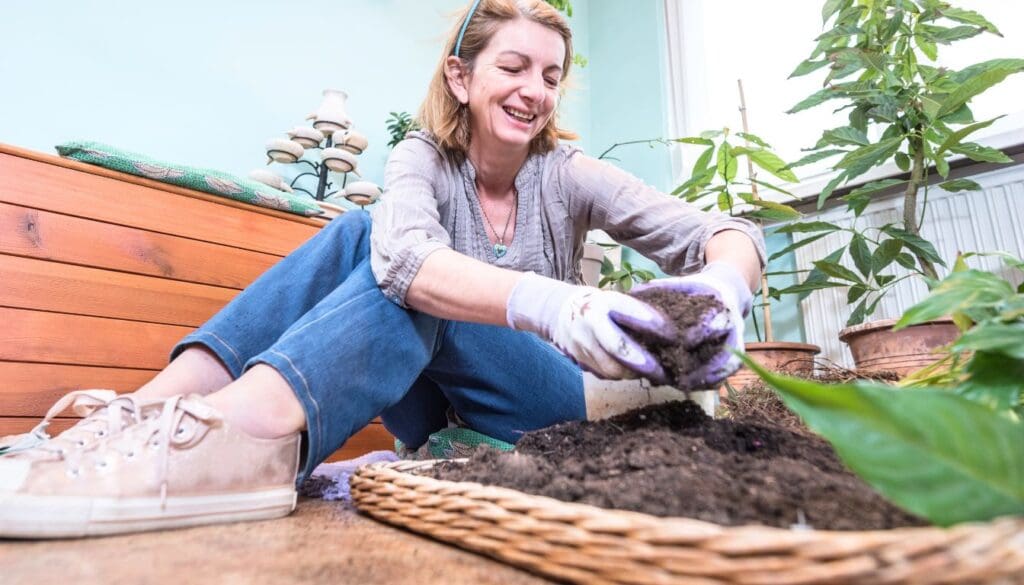
Please note: Simplify Plants is reader-supported. Some links in the post are affiliate links and I get a commission from purchases made through links in the post.
Can I use any soil for peace lily?
Some primary factors that you need to look into while choosing the right kind of soil for your Peace Lily are:
- Moisture retention
- Drainage capacity
- Soil pH
- Nutrients
- Aeration
Let’s find out how much of these are ideal for the Peace Lily.
Moisture retention
Peace Lily prefers moist soil. Therefore, it is vital to choose soil that can retain enough moisture.
Moist soil promotes healthy roots, beautiful bloom, and shiny leaves on peace lilies.
However, you must be careful with the watering as too much water can make the soil soggy and cause root rot.
Drainage capacity
Although peace lilies prefer moist soil, lack of drainage can make it more than just moist.
If the soil is soggy due to lack of drainage, the roots will suffocate, leading to an unhealthy plant.
Therefore, choosing the soil that supports drainage will keep your Peace Lily plant healthy.
Soil pH
The soil pH is a crucial factor that can Make or break your plant. Peace Lily plants prefer acidic to slightly acidic soil.
The ideal soil pH for the Lily plants is anything between 5.5 to 6.5.
If the soil gets too acidic or too alkaline, the roots will not function properly.
Nutrients
Peace Lily requires a nutrient-rich soil mix. The soil should contain a balance of Nitrogen, Potassium, and Phosphorus.
When you are getting a fertilizer for your Peace Lily plant, look for the same ingredients.
However, these plants are susceptible to chemicals, so you might want to use a fertilizer made of natural ingredients.
Homemade compost that has all-natural ingredients is a good option for the peace lilies.
Aeration
Proper aeration in the soil can go a long way to keep the roots healthy and prevent fungal or bacterial growth in the soil.
Compact soil is not ideal for these houseplants, and good aeration can stop the soil from becoming compact.
You can promote their nation in the soil by making a few holes in the soil with the help of a chopstick.
What soil is best for peace lily?
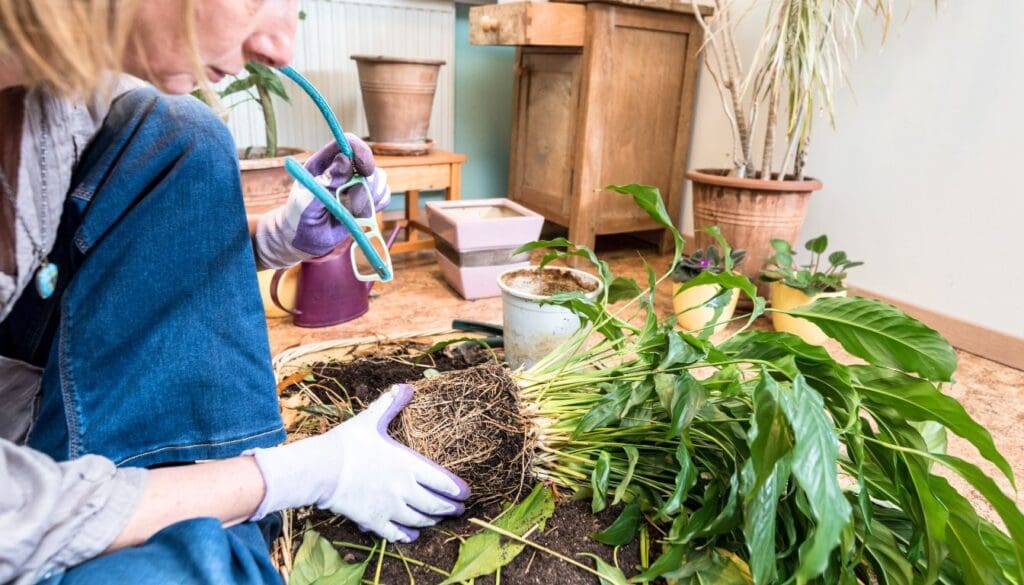
A well-draining potting mix is something that you cannot miss. You can make the soil well-draining by adding elements like:
- Sand – Easily available and contains ingredients that can improve the drainage of the soil. It helps prevent soil clusters.
- Perlite – A rock material widely used to improve the drainage of the soil of houseplants. It also provides aeration in the soil.
- Vermiculite – Helps to add aeration to the soil and releases minerals every time you water the plant.
The following vital point to keep in mind is the pH level of the soil. You can use a pH meter to check the pH value of the soil.
If the pH level comes between 5.6-6.5, it would be ideal for your Peace Lily. To reduce the acidity, add limestone, and to increase it, add Peat moss to the soil.
Make sure that the soil is nutrient-rich. You can add natural fertilizers like homemade compost to increase the nutrients.
You need to be cautious of one thing that is the soil should not be too heavy as then it will retain more moisture than required.
Let’s check out some soil recipes that would be ideal for peace lilies.

#Recipe 1:
You can mix these ingredients:
We take a container and mix 1 part sand with 1 part loam and 1 part peat moss in this recipe. We add it to the pot before putting the peace lily in it.
The sand improves the drainage of the soil, while loam helps to retain moisture. Peat moss provides aeration to the soil. So this recipe has a balance of the three most important factors that the peace lily needs.
#Recipe 2:
- 5 parts perlite
- 2 parts activated charcoal
- 2 parts worm castings
- 4 parts coco coir
- 5 parts orchid bark
This one has a lot of ingredients but would be an ideal option for your peace lily.
- Orchid bark provides a lot of benefits to the plant.
- Perlite improves the drainage.
- Coco coir improves retention.
- Activated charcoal prevents fungal growth such as mold. It also prevents pest infestation.
- Worm castings improves the soil structure and provides nutrients.
You can use this soil mix on other houseplants also.
#Recipe 3
- 2 parts regular potting mix
- 1 part perlite
This is the easiest soil recipe for your peace lily by far. These ingredients are readily available, and perlite will promote soil aeration.
If you think this recipe holds too much moisture, you can add more perlite to the soil.
Can you use succulent potting mix for peace lily?
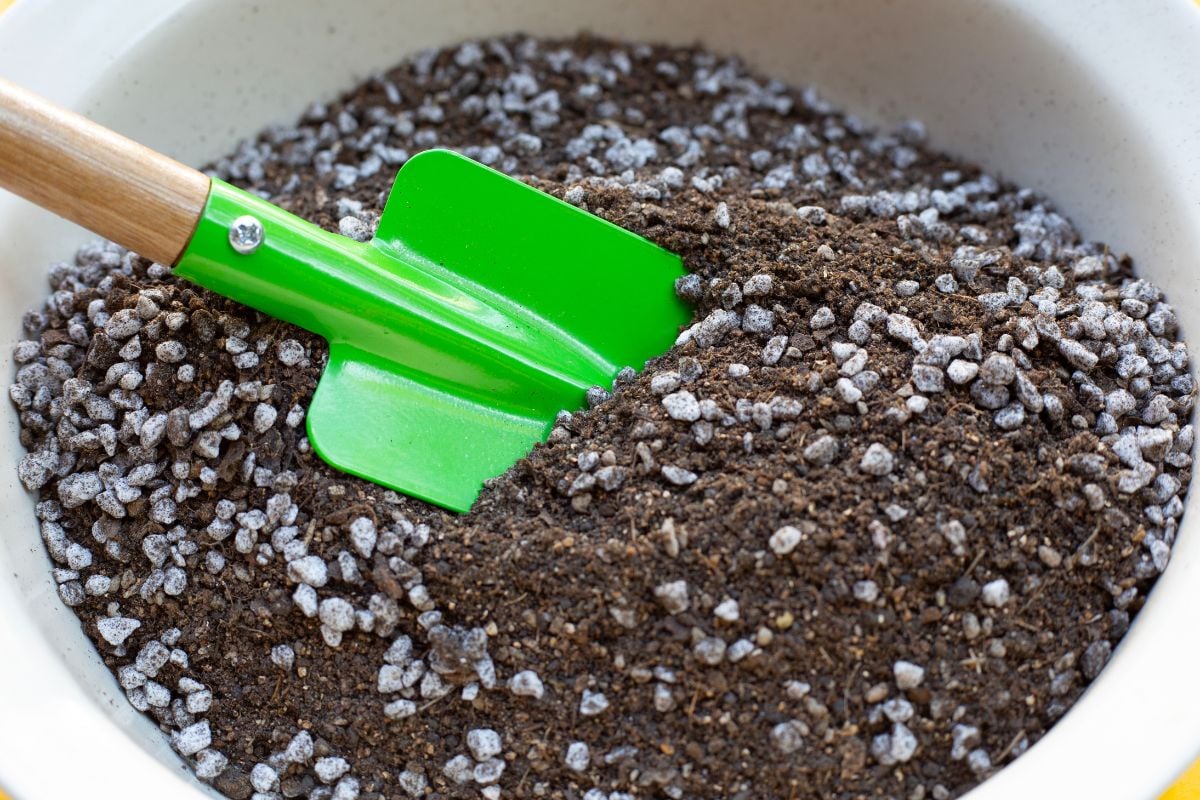
Cactus soil or succulent potting mix might be a good option for your peace lily plant. This soil will provide good drainage and aeration that is essential for Peace Lily.
Although this is not the recommended soil, it fits most of the requirements of your peace lily.
You can get one readymade cactus soil from the market after ensuring it contains all the required nutrients. If not, you can add them to the soil and use them for your peace lily.
How do you know when Peace Lily needs repotting?
Before we go ahead and understand how to repot the Peace Lily plant, let’s look at the reasons that are the signs that you need to repot the plant.
You need to your peace Lily if because of the following reasons:
- Root-bound plant
- Root rot
- Over-fertilization
- Compact soil
- Nutrient leach
Now we will discuss these in detail.
Root-bound Peace Lily

If your Peace Lily has been sitting in the same pot for a long time, its roots will overgrow the pot and become root-bound.
Due to lack of space, the root starts forming a bundle inside the pot and displaces the soil.
Some signs of a root-bound Peace Lily might be roots coming out of the drainage holes, the pot forming cracks, and slow growth.
Repotting in a bigger pot is the only way to deal with this.
Also Read: Do Peace Lilies Like To Be Root Bound? (+When To Repot)
Root rot
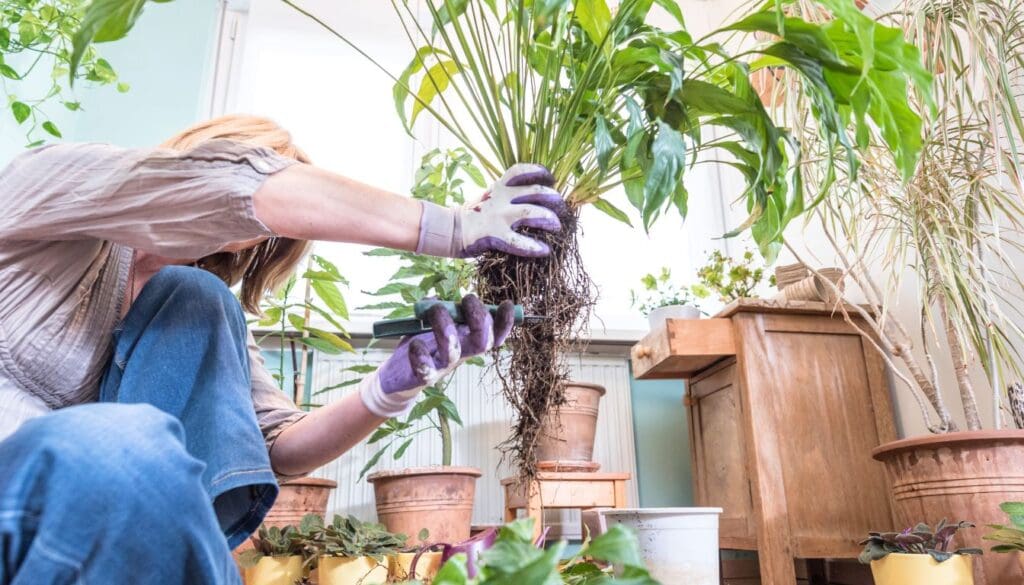
Root rot is a fungal disease that affects the roots that start decaying. This happens due to overwatering, a poor drainage system, or the wrong potting mix.
You must get rid of the decaying roots and repot the plant to fix this. We will learn how to do this in detail in a while.
Also Read: How To Treat Root Rot In Peace Lily? (Signs, Identification & More)
Overfertilization
If you over-fertilize your Peace Lily, the soil will have excess salt build-up. You will be able to notice this on the topsoil.
Peace lilies do not require a lot of fertilizer, so you should be careful while fertilizing them. The watering technique also plays an important role here.
You must stop overfertilizing the plant and change your watering technique. Repot your Peace Lily plant with a fresh soil mix.
Also Read: What Kind Of Fertilizer Does A Peace Lily Need? (Peace Lily Fertilizer Ratio)
Compact soil
Peace lilies do not prefer compact soil. When the soil becomes compact, it does not soak water properly when you water the plant. Compact soil also discourages proper airflow.
The plant falls short on water and nutrients as it is unable to absorb them from the soil.
You must report your Peace Lily in a new soil mix and ensure it does not get compact.
Nutrient leach
If you are not using the suitable soil make and contains a lot of soil, the nutrients will leach out whenever you water your Peace Lily plant.
If this is the problem that your Peace Lily is facing, you need to repot it in a soil mix with balanced components.
How do you repot a peace lily?
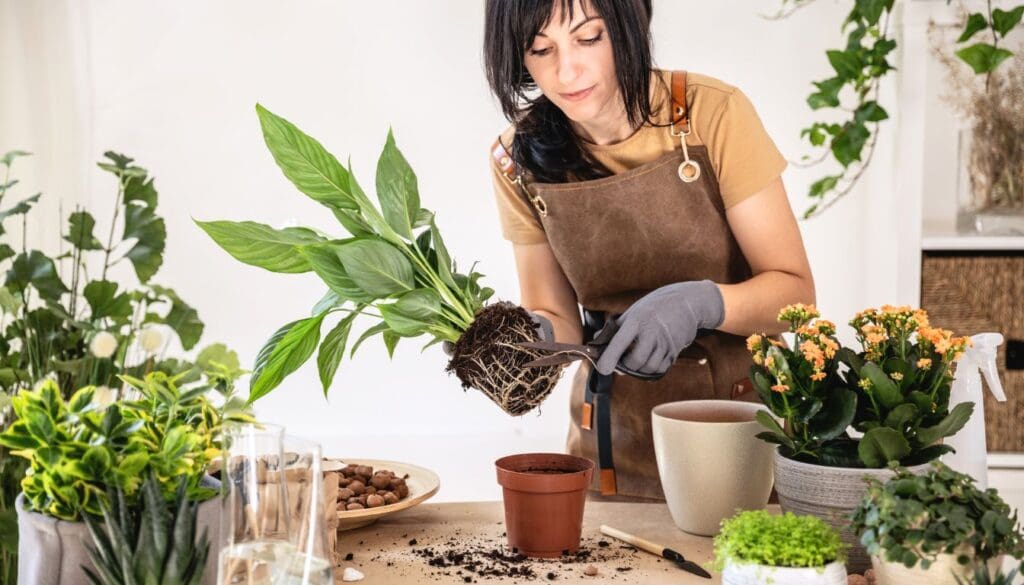
Check the following steps to repot your Peace Lily.
- First, get a new pot that is one size bigger than the size of the Peace Lily (1-2 inches). Make some drainage holes if the pot doesn’t have any.
- Prepare a new potting mix. Choose any of the recipes mentioned earlier in this article and place the soil in the pot.
- Water your Peace Lily plant the night before you you plan to repot it.
- Take your Peace Lily out of its current pot. Be careful enough not to damage the root ball.
- In case of any disease such as root rot, remove the decaying roots and spray fungicide on the remaining roots.
- Place the plant in the soil and add more soil from the sides to ensure no air pockets.
- Water your repotted Peace Lily and let the soil settle down. If more soil is required, you can add it now.
- Avoid fertilizing till the plant recovers from the repotting stress.
Final words
To sum everything up for you, the peace lily is very particular about its soil requirements, so you must not use regular garden soil for it.
Choose a nutrient-rich potting mix that has a balance of moisture and drainage. The soil should support proper aeration to keep the roots healthy. Try to maintain a pH of 5.5 to 6.5 in the soil. You can increase or decrease the acidity by adding the right components as and when required.
An ideal soil recipe for your peace lily will contain 1 part sand, 1 part loam, and 1 part peat moss. This will provide the ideal balance of aeration, retention, and drainage.
Repot your peace lily once every 2-3 years, a thumb rule followed for all houseplants. This helps to replace the old soil with a more nutritious one and revitalizes the plant.
Ref: ScienceDirect, NCBI, University of Vermont, Nationalgeographic, NC state university, University of Florida, The University of Arkansas, Queensland Government.
Recommended Garden Supplies
| Product Image | Our Recommended Gardening Supplies | Check Offers! |
|---|---|---|
Top Top
Top
Top
Top
Top
Top
Top
Top | rePotme Houseplant and Tropical Classic Potting Soil Mix | Check Offer On Amazon |
 Top
Top
Top
Top
Top
Top
Top
Top | Espoma Organic Indoor Plant Food | Check Offer On Amazon |
 Top
Top
Top
Top
Top
Top
Top
Top | GooingTop LED Grow Light 6000K Full Spectrum Clip Plant Growing Lamp | Check Offer On Amazon |
 Top
Top
Top
Top
Top
Top
Top
Top | Soil Moisture Meter | Check Offer On Amazon |
 Top
Top
Top
Top
Top
Top
Top
Top | Govee Hygrometer Thermometer, Bluetooth Enabled! | Check Offer On Amazon |
 Top
Top | LEVOIT Humidifiers for Large Room(Best For Plants) | Check Offer On Amazon |
 Top
Top
Top
Top
Top
Top
Top
Top | Upgraded DIY Automatic Drip Irrigation Kit, 15 Potted Houseplants Support | Check Offer On Amazon |
 Top
Top
Top
Top
Top
Top
Top
Top | Stainless Steel Heavy Duty Gardening Tool Set | Check Offer On Amazon |
 Top
Top
Top
Top
Top
Top
Top
Top | Bonide Insecticidal Soap | Check Offer On Amazon |
 Top
Top
Top
Top
Top
Top
Top
Top | Bonide 32 oz Spray Neem Oil for Organic Gardening | Check Offer On Amazon |
 Top
Top
Top
Top
Top
Top
Top
Top | Garden Safe Fungicide | Check Offer On Amazon |


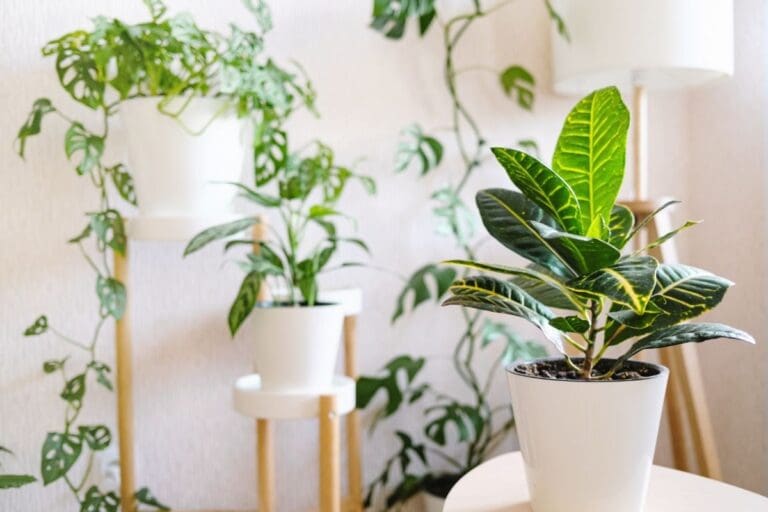
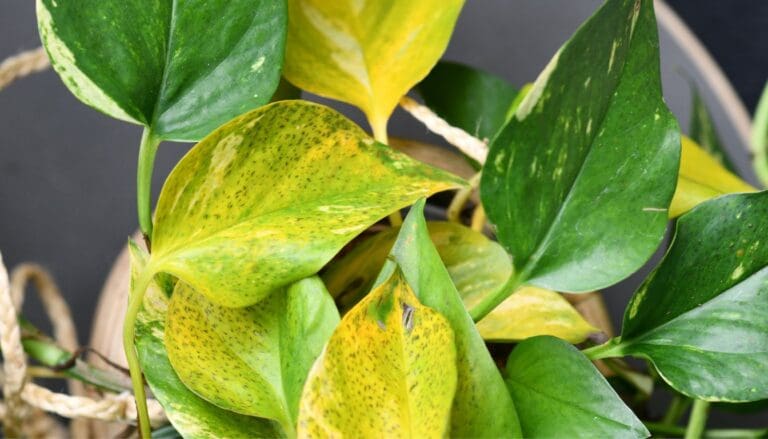
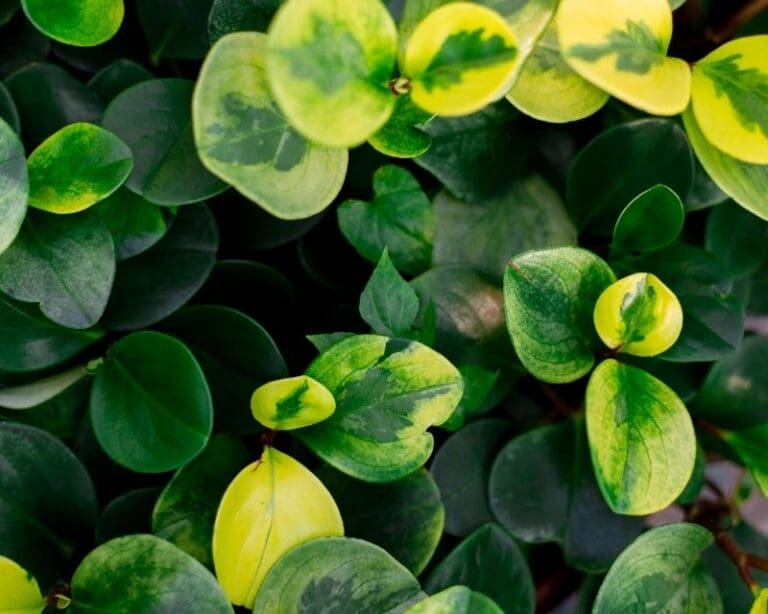
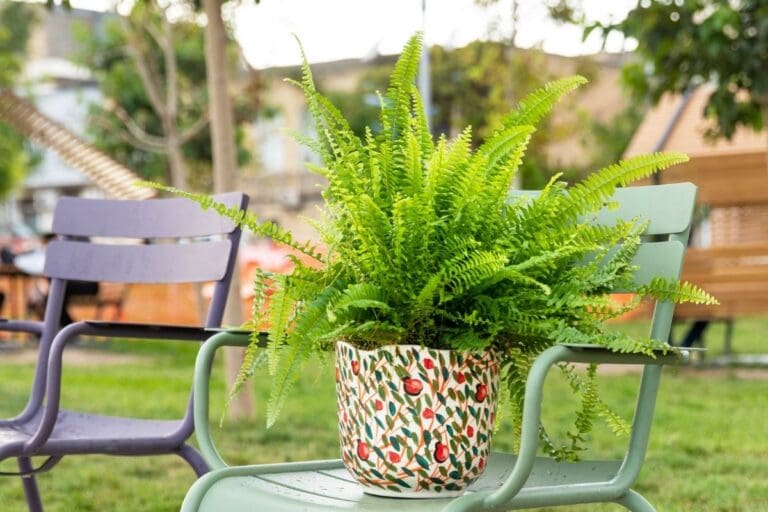
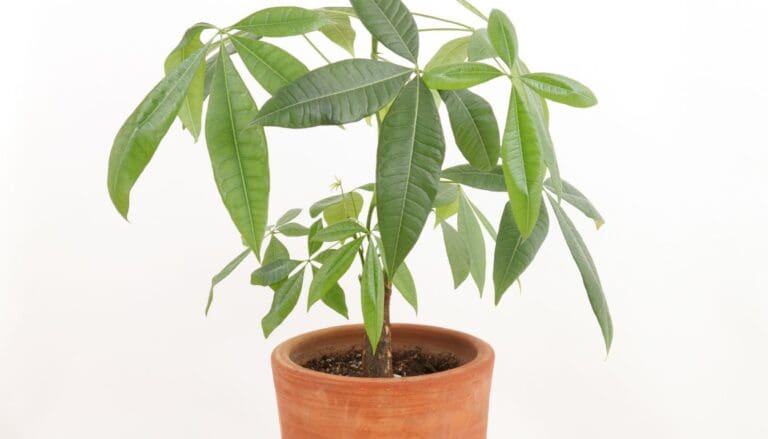
It is simply excellent idea
Thank you my peace lily is wilting with brown spots. I am ordering the perlite, peat moss, repotme soil and charcoal items and the fungicide spray plus the larger 12 in planters with drainage holes. Hopefully they will heal my beautiful drooping peace lily house plant.